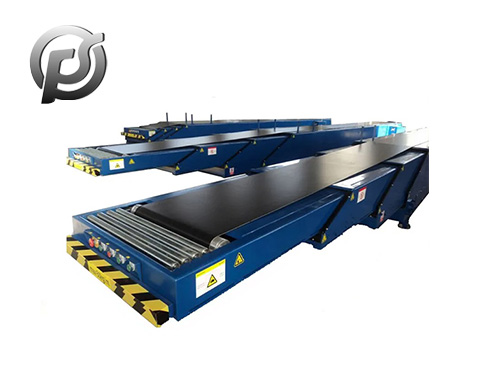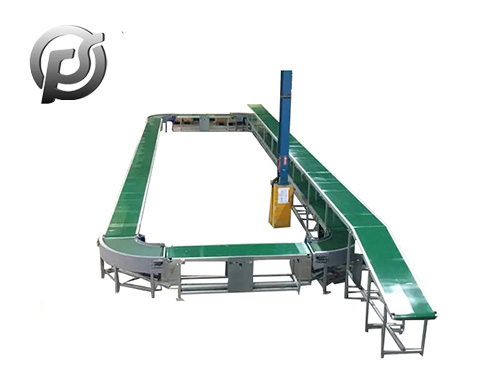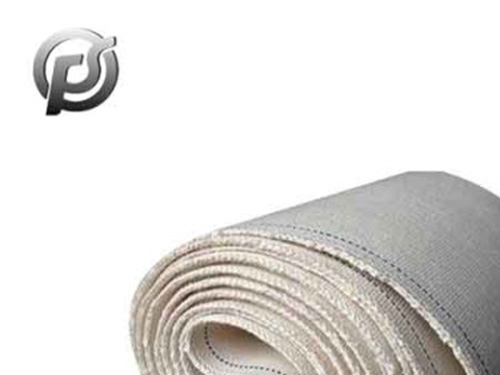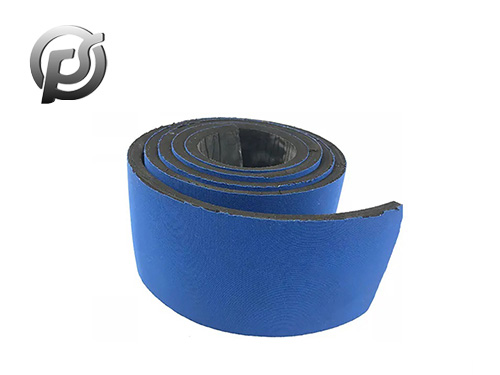1. Grinding the damaged parts of the conveyor belt with an Angle grinder and tungsten steel grinding disc.
2. Select the corresponding conveyor belt patch or patch with semi-vulcanized layer according to the size of the damaged part of the conveyor belt (the patch or patch is at least 15~20mm larger than the damaged part). Inmette advocates the use of patch and patch with semi-vulcanized layer, and the material without semi-vulcanized layer advocates the deep grinding of the bonding surface.
3, the damaged parts of the conveyor belt and the semi-vulcanized surface of the conveyor belt repair strip are coated with belt glue, airing for a while, and then the second coating (airing until the non-stick hand stops, generally in five minutes under normal temperature).
4. Straighten the repair strip and stick it on the grinding surface of the conveyor belt, and beat it with a rubber hammer or compacting roller to drive out the air.
Warm tip: If the ambient temperature is too low, it is recommended to use iodine tungsten lamp or heat gun to heat for 0.5-1 hours. If the heating time is allowed to be extended appropriately, it will be conducive to the improvement of bonding surface strength.
(2) hot curing repair of conveyor belt
1, according to the size of the conveyor belt damage, along the damage around at least 15~20mm, draw the cut repair line, oblique cut at 45 degrees, and peel off the damaged cover glue, when cutting, pay attention not to damage the cloth layer or wire layer below.
2. The damaged parts of the conveyor belt are deeply polished with Angle grinder and tungsten steel grinding disc, and it is advocated to polish 3mm.
3. Spread the polished conveyor belt with a fabric reinforcing layer or steel wire reinforcing layer, brush the reinforcing layer and damaged parts with hot vulcanizing agent, cut the four edges of the unvulcanized core glue into a diagonal, and tile the hot vulcanizing agent (the size of the unvulcanized surface glue should be consistent with the size of the damaged part).
4, the use of hot vulcanization repair or vulcanization machine for pressure, heating vulcanization.
 Custom Conveyor Belts: Enhancing Efficiency and Productivity
Custom Conveyor Belts: Enhancing Efficiency and Productivity
 Stone Belt Conveyor: Efficient Material Handling Solution for Mining and Construction
Stone Belt Conveyor: Efficient Material Handling Solution for Mining and Construction
 Exploring the Dynamics of Conveyor Belt Manufacturing in China
Exploring the Dynamics of Conveyor Belt Manufacturing in China
 PE Conveyor Belts: Characteristics, Applications, and Advantages
PE Conveyor Belts: Characteristics, Applications, and Advantages